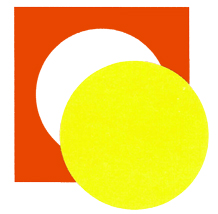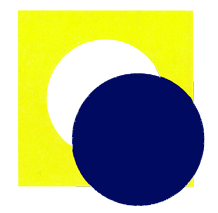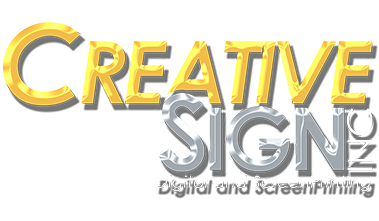Trapping is used to accommodate for mis-registration, substrate instability and environmental factors that may affect your print rung while on press. Knowing about trapping and why it’s used will help give you a better understanding of the print process.

Trapping is basically the intentional overlapping of colors. When an image is printing, if there is any mis-registrations, an undesirable gap can occur between two colors. To prevent this, the colors are set to overlap so that this gap is not evident. Usually, lighter foreground colors will be “spread” under a darker background color. Darker foreground colors need the lighter background color “pinched” or “choked” under them.

The concern most people have is that the overlapping of colors can sometimes create an undesirable third color. This third color is usually darker than the other two colors. Larger images require heavier traps because there is more room for mis-registration. Substrates such as pressure sensitive vinyl and static clings often tend to shrink slightly with each pass through the dryer, thus affecting registration.

Our Art Department keeps the traps on your artwork to a minimum to ensure the best quality print. One thing to consider when designing artwork for screen printing is color selection. Different shades of colors are chosen from the Pantone Matching System. When looking at the Pantone fan color selector, colors in the middle of the fan tend to be more transparent since they lack white or black in their color formula. Colors at the top of the fan have white in them, and colors at the bottom have black. The more transparent the color, the greater chance of an undesirable color mix within the trap. Colors with more white or black will tend to be more opaque, creating less of a noticeable third color on the trap. Also, the two color values in general will dictate the mix color. For example, trapping red and yellow will look better than trapping green and purple (see example above).
Traps are essential in the printing process. Knowing more about trapping and how it affects your prints can be essential in creating your design and how it partners in screen printing. Contact us for more information about screen printing for your business.
